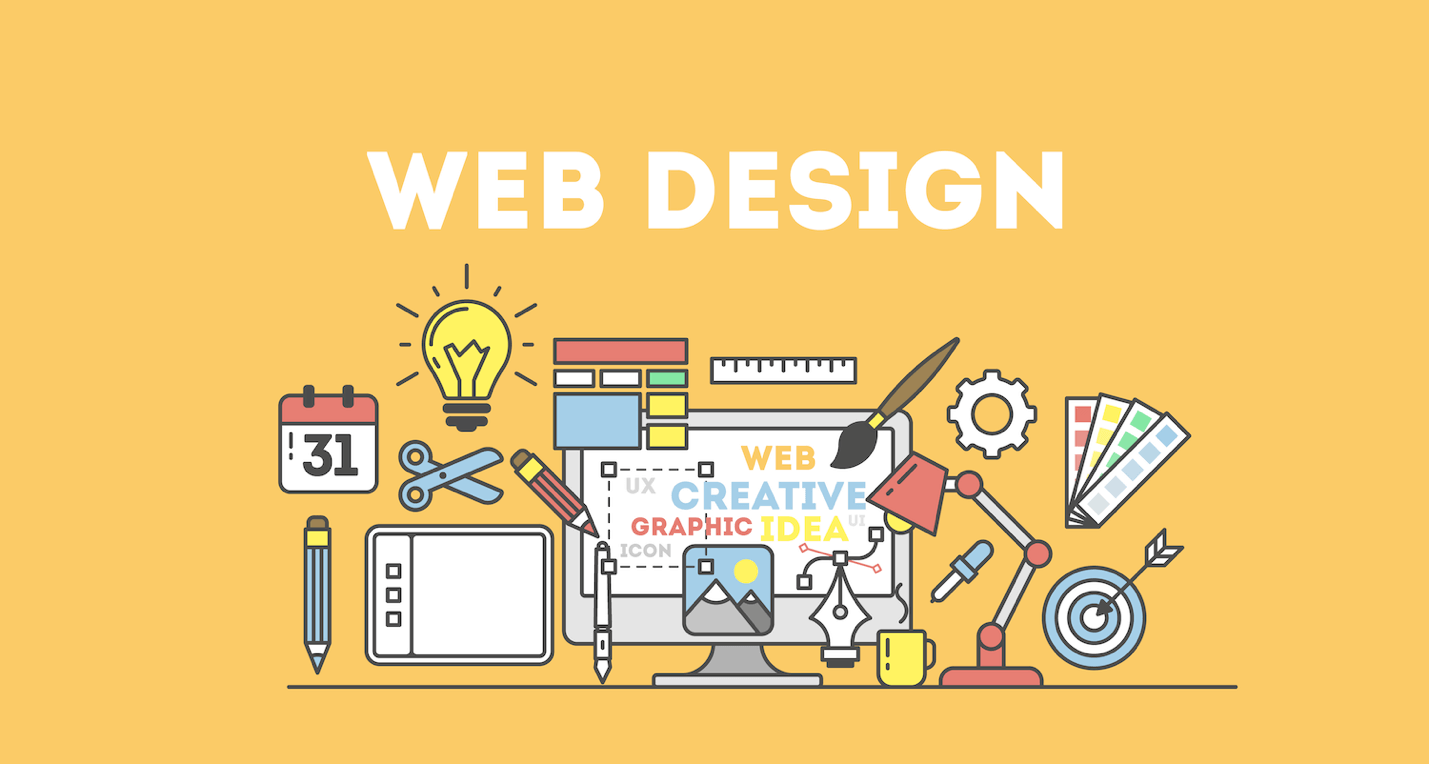Skilled Website Creation Singapore: Professional Results for Every Sector
Skilled Website Creation Singapore: Professional Results for Every Sector
Blog Article
Top Trends in Web Site Design: What You Need to Know
Minimalism, dark setting, and mobile-first methods are among the crucial themes forming modern layout, each offering one-of-a-kind advantages in customer engagement and performance. Additionally, the focus on ease of access and inclusivity underscores the value of developing digital settings that cater to all users.
Minimalist Layout Aesthetic Appeals
In recent times, minimalist style aesthetics have emerged as a leading trend in website layout, highlighting simpleness and capability. This method focuses on important material and removes unnecessary elements, consequently boosting user experience. By focusing on clean lines, enough white room, and a limited color combination, minimal designs promote easier navigation and quicker tons times, which are vital in preserving customers' attention.
The efficiency of minimal layout hinges on its capacity to share messages plainly and straight. This quality cultivates an intuitive interface, allowing individuals to attain their objectives with marginal distraction. Typography plays a significant role in minimalist layout, as the selection of font can stimulate specific feelings and lead the individual's trip through the content. Additionally, the tactical use visuals, such as high-quality images or refined computer animations, can boost individual interaction without overwhelming the overall visual.
As electronic areas continue to advance, the minimal design concept stays relevant, satisfying a varied target market. Companies embracing this pattern are often regarded as modern and user-centric, which can considerably affect brand assumption in a significantly competitive market. Eventually, minimalist layout looks offer an effective solution for efficient and appealing website experiences.
Dark Setting Popularity
Welcoming a growing pattern amongst users, dark setting has actually gained considerable appeal in website design and application user interfaces. This layout approach includes a mainly dark color scheme, which not just improves visual appeal but also reduces eye stress, specifically in low-light environments. Individuals progressively value the convenience that dark setting gives, causing longer engagement times and a more delightful surfing experience.
The fostering of dark mode is additionally driven by its viewed benefits for battery life on OLED screens, where dark pixels take in much less power. This functional benefit, incorporated with the elegant, modern appearance that dark themes supply, has actually led numerous developers to integrate dark setting choices into their projects.
Furthermore, dark mode can produce a feeling of depth and focus, accentuating key aspects of an internet site or application. web design company singapore. Because of this, brands leveraging dark setting can enhance customer interaction and produce an unique identification in a crowded market. With the trend proceeding to climb, including dark mode into internet layouts is ending up being not just a preference however a conventional expectation among customers, making it crucial for developers and developers alike to consider this facet in their jobs
Interactive and Immersive Elements
Frequently, developers are incorporating interactive and immersive elements into sites to enhance customer engagement and create unforgettable experiences. This trend replies to the enhancing assumption from customers for more vibrant and tailored interactions. By leveraging functions such as animations, video clips, and 3D graphics, internet sites can attract customers in, fostering a much deeper connection with the web content.
Interactive aspects, such as quizzes, surveys, and gamified experiences, motivate visitors to actively take part instead than Going Here passively take look what i found in info. This engagement not just maintains individuals on the site longer however likewise boosts the probability of conversions. Additionally, immersive innovations like virtual fact (VR) and enhanced reality (AR) provide one-of-a-kind chances for services to display services and products in an extra compelling way.
The incorporation of micro-interactions-- little, subtle animations that reply to individual actions-- additionally plays a vital role in boosting usability. These interactions give responses, enhance navigation, and create a sense of satisfaction upon completion of jobs. As the electronic landscape continues to progress, the use of interactive and immersive components will certainly remain a significant emphasis for designers intending to produce appealing and effective online experiences.
Mobile-First Technique
As the frequency of mobile phones remains to rise, embracing a mobile-first technique has come to be crucial for web designers intending to maximize customer experience. This technique highlights designing for smart phones prior to scaling approximately larger displays, making sure that the core functionality and material come on the most commonly utilized platform.
One of the key benefits of a mobile-first technique is improved efficiency. By concentrating on mobile layout, websites are streamlined, decreasing load times and improving navigation. This is specifically essential as customers anticipate rapid and responsive experiences on their smart devices and tablet computers.

Accessibility and Inclusivity
In today's electronic landscape, making sure that web sites are easily accessible and inclusive is not just an ideal method however a fundamental need for reaching a diverse target market. As the web continues to offer as a main means of interaction and commerce, it is necessary to recognize the diverse requirements of users, consisting of those with impairments.
To attain real availability, web developers should stick to established standards, such as the Web Material Accessibility Standards (WCAG) These guidelines highlight the importance of supplying message choices for non-text web content, making sure key-board navigability, and preserving a logical material structure. Moreover, comprehensive design methods extend past conformity; they entail developing a customer experience that fits various capacities and preferences.
Including attributes such as adjustable home message sizes, shade contrast choices, and display viewers compatibility not only improves use for people with impairments however additionally improves the experience for all individuals. Inevitably, prioritizing ease of access and inclusivity fosters a much more fair electronic setting, encouraging wider engagement and involvement. As organizations increasingly acknowledge the moral and financial imperatives of inclusivity, integrating these principles into website style will end up being a crucial aspect of successful online techniques.
Final Thought

Report this page